A shade garden can be designed romantically. Light conditions must be observed and the soil well prepared before planting.
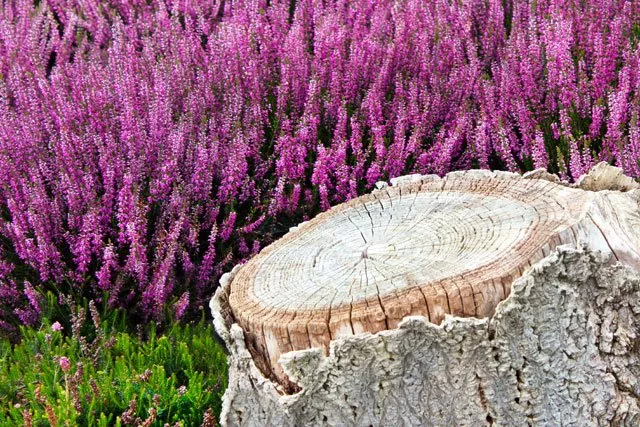
A shady garden can sometimes become a bane for the hobby gardener. But he doesn't have to. Because, even if it is less advantageous for growing vegetables, it can always be a blessing as a romantically designed shade garden. Flowering perennials and shade do not contradict each other. Forest perennials such as ferns, anemones, elf flowers or golden strawberries thrive even under trees.
Ground covers are recommended for a fully shaded area. Periwinkle or ivy are excellent for this and are easy to care for. There are also moments of light in a shaded garden.
It is precisely in the interplay of light and shadow that many flowering perennials unfold their full beauty.
Before you create a shade garden, observe how the light conditions change over the course of the day in the intended area. These will help you to choose the right perennials.
Shaded areas receive no more than two to three hours of sunshine per day. In partial shade it is four to five hours.
1A good plan…

Creating a shade garden based on gut feeling can end up being chaotic. It is therefore advisable to develop a concept and create a sketch. It should contain:
- Inventory of trees and adjacent buildings
- Results of your observation of light conditions.
- course of future paths in the shade garden. Stepping stones can also be used instead of paths
- Outline which perennials are to be planted where and when they will bloom.
- List the selection of the planned perennials separately. This will help you with your shopping.
2A good floor…

There are a number of shallow rooters under the trees. Their roots compete with the smaller perennials for space, water and nutrients. Ground cover and ferns have proven themselves under these conditions. However, the soil must be prepared well before planting.
➯ Plant under trees
- Thoroughly clear the ground below the tree of weeds. Be careful when doing this. Be careful not to damage the tree's roots with the spade.
- Large gaps between the roots can be filled. Mark these with small sticks.
- Now apply about 15 centimeters of compost over the entire surface of the floor. The compost is distributed in such a way that about 20 centimeters remain free around the tree trunk.
- Before planting, soak the perennials in water for 5 to 10 minutes. The root balls are thus well moistened. This promotes the growth of the perennials.
- Water your young perennials thoroughly and cover the perennial bed with a 5 cm thick layer of bark mulch.
➯ Place in partial shade
- Thoroughly clear the soil of weeds.
- The soil is treated with compost
- As planned, the paths for the shade garden are laid out or the stepping stones are laid out
- Plant the shade garden according to the planting plan you have worked out. Before that, water the root balls of the perennials for about 10 minutes.
- Finally, the perennial beds are covered with a 5 centimeter layer of bark mulch.
3Make a good choice…
When choosing perennials, you should ensure that the leaf shapes, structures and colors bring a well thought-out, natural and varied balance to your shade garden. You can find a selection of popular perennials for shady areas in our article Shade perennials: popular plants presented.
See this video for more inspiration:

By loading the video, you accept YouTube's privacy policy.
Learn more
Load video
Always Unblock YouTube
4Featured Posts
 plants for shade
plants for shade
 Perennials for clay soil: A choice for sunny and shady spots
Perennials for clay soil: A choice for sunny and shady spots Fight fire bugs: prevent better than kill!
Fight fire bugs: prevent better than kill! Plant golden strawberries: This is how the forest perennial grows in your garden
Plant golden strawberries: This is how the forest perennial grows in your garden
 Creating a shade garden - this is how it's done
Creating a shade garden - this is how it's done Preventing and fighting maggots in the garbage can - this is how it works
Preventing and fighting maggots in the garbage can - this is how it works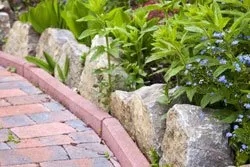 Paving for terraces, paths and driveways
Paving for terraces, paths and driveways Fighting slugs - 7 tips
Fighting slugs - 7 tips
 5bee-friendly perennials that bloom and thrive in the shade
5bee-friendly perennials that bloom and thrive in the shade Underplanting trees: Little companions for the giants in your garden
Underplanting trees: Little companions for the giants in your garden
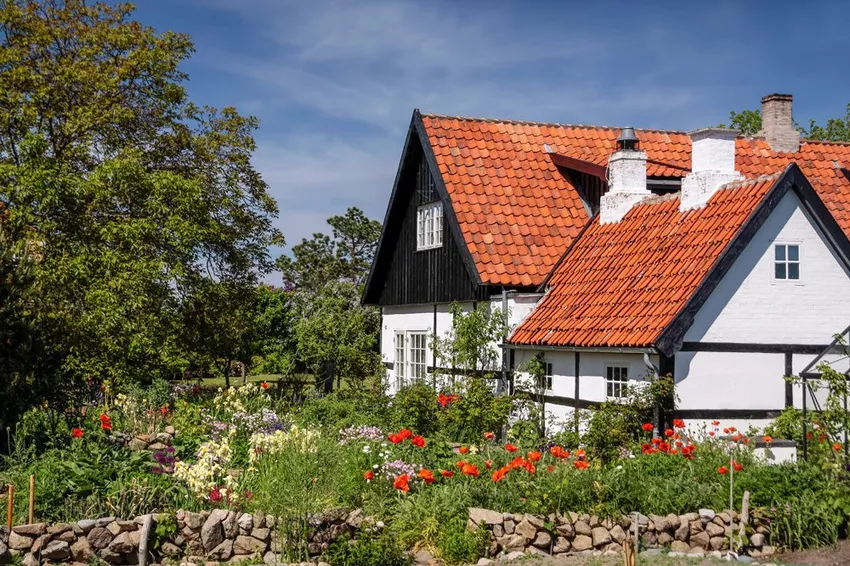 Creating a cottage garden - 7 tips for implementation
Creating a cottage garden - 7 tips for implementation What to do with the leaves? - The 3 biggest mistakes
What to do with the leaves? - The 3 biggest mistakes
 Apply bark mulch - That's how it's done
Apply bark mulch - That's how it's done Plant perennials tone on tone - what goes together?
Plant perennials tone on tone - what goes together? Keep trees free of grass - Here's how
Keep trees free of grass - Here's how
 Coffee Grounds - Free fertilizer for outdoor and potted plants!
Coffee Grounds - Free fertilizer for outdoor and potted plants! Pine bark - the attractive mulch alternative from the south
Pine bark - the attractive mulch alternative from the south
 Heide Günsel / Geneva Günsel - plant and care for
Heide Günsel / Geneva Günsel - plant and care for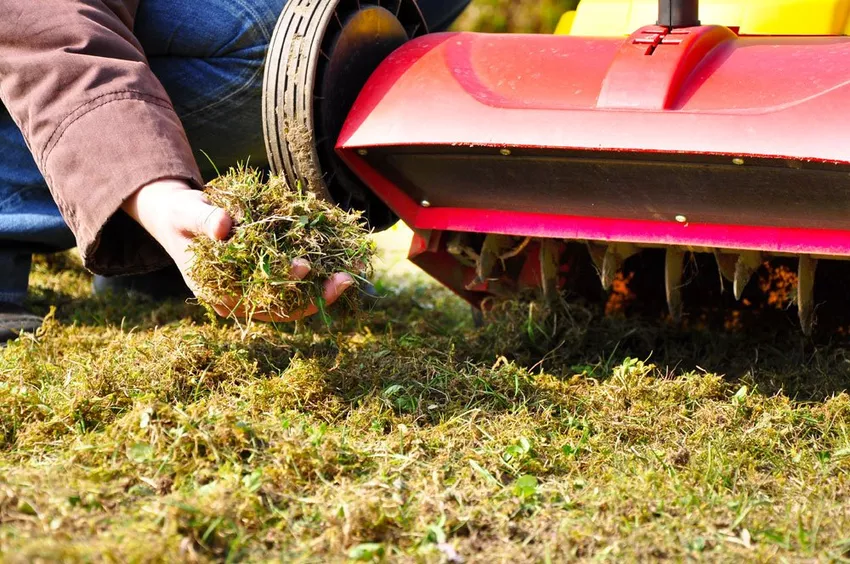 Getting rid of moss in the lawn - 4 tips
Getting rid of moss in the lawn - 4 tips
 Fern multiply in 3 steps
Fern multiply in 3 steps Sleeping in the garden: what to look for in outdoor beds
Sleeping in the garden: what to look for in outdoor beds The Astilbe - A plant that thrives in the shade
The Astilbe - A plant that thrives in the shade
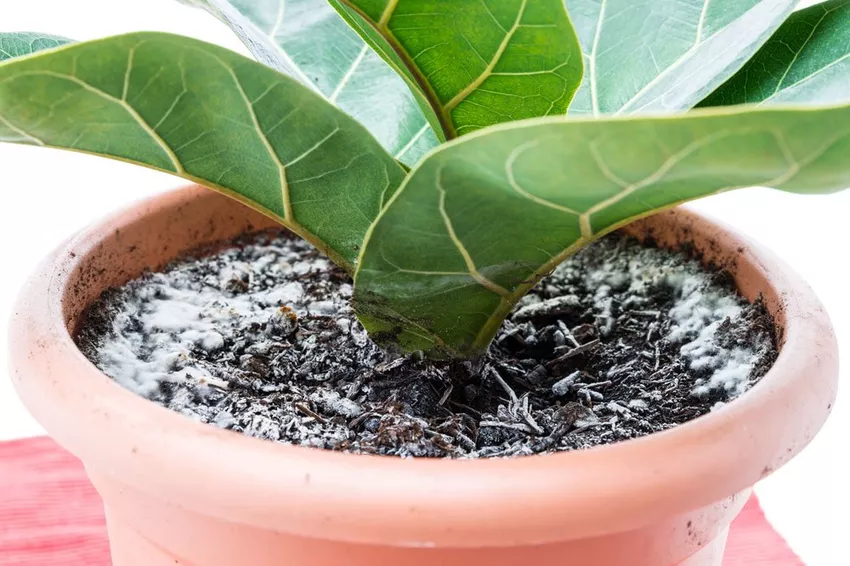 Mold in the flower pot - 6 tips that help
Mold in the flower pot - 6 tips that help Underplant magnolia - The right companion for a demanding wood
Underplant magnolia - The right companion for a demanding wood
 Sycamore care: Watering, fertilizing, cutting and wintering
Sycamore care: Watering, fertilizing, cutting and wintering Prefer carrots - That's how it's done
Prefer carrots - That's how it's done